

gecko
-
Content count
178 -
Joined
-
Last visited
Posts posted by gecko
-
-
This season I've found enoki growing on elm and poplar stumps.
ive also seen it growing on Pittosporum undulatum.
its supposed to be found on Acacia spp. too.
yesterday I was cutting elm suckers for growing oysters and elm oysters.
theres a patch of grey poplar in a creek near here that I'm gonna cut some stems from.
just try various wood out
One thing to try also is when making up spawn , use sawdust from that species you intend to trial and you can observe how it goes during the spawn run to get an idea how well it may take when put into the log.
also , if there's a delay with the mycelium 'learning ' how to eat it, I reckon it's probably better to happen in the safety of indoors in the bag.
-
 2
2
-
-
Hedgehogs!
now you've made me jealous.
ive got prints of velvet shank ( enoki) I found earlier this season.
would you do a swap for some prints of the Hydnums?
there are some oaks nearby that may like to meet them.
near Eucs too, just in case the Aust ones are specific to Euc .
i haven't heard of any growing under oak in Aust., but I'd like to try it.
Zen Peddler sings their praises as one of the best edibles around..
-
Another find today
Flammulina velutipes - Velvet Shank
More commonly known as the cultivated form and Japanese name ... Enokitake of just Enoki.
these ones were growing wild from a cut elm stump in Central Victoria.
so far I've seen it fruit from poplar, elm, sweet pittosporum and a few days ago,
a friend fond it growing from a black currant bush.
such a yummy little mushroom
-
 5
5
-
-
-
-
Hypholoma capnoides -
Looking for sterile culture or prints please
willing to swap/trade
-
Did you get a sterile culture of them going?
-
2. Collybia sp. I reckon
C.butyracea maybe
aka greasy ( or buttery) tough shank
-
There are two distinctly different plants getting around in Aust under the name of turmeric.
the one that you have in the pic here ( let's call it yellow turmeric),
and a darker, orange one , turmeric... The real deal...Curcuma longa.
The yellow one is a slightly bigger plant with a slightly heavier textured
and more deeply corrugated leaf.
its also a more vigorous and higher yielding grower,
so naturally that is the one that's gonna increase its presence in nurseries,
gardens and fruit n veg shops.
it tastes very similar and is used in the same way from a culinary and medicinal perspective ,
but I do much prefer the orange one.
ive been trying to get to the bottom ot it since years before the Internet
and eventually gave it a rest since moving to a colder climate ...
Out of the range where it's easy to grow
For a long time was of the belief ( and still slightly suspect) that it is a different species,
but I've heard some people insist that it's a different strain of C.longa.
Anyway, keep an eye out for the one with the deep Orange rhizome.
-
Yes, Talinum is what I thought too.
that ones I've seen are usually more pink and a deeper green.
-
Michelia champaca
beautifully perfumed flowers,
fast grower.
-
 1
1
-
-
....or maybe not
after another look at the pics.
-
Collybia butyracea maybe?
-
grow Toona from suckers... very easy.
The following species are eaten with nam prik in Nthn Thailand
Azadiracta indica (Sadow , Neem)
Senna siamea (Khi lek)
Acacia pennata (Cha om) especially good in omlettes
Morinda citrifolia (Bai yaw , Noni)
Erythrina indica is edible, often grown as a fodder/living fence, but ok with nam Prik also.
Sauropus androgynus , in case it hasn't already been mentioned (ok its a Very small tree)
Polyscias scutelarius and P.fruticosa are eaten in many parts of S.E.Asiathere's a very old book (from 1970's) worth searching for
'Edible leaves of the tropics'
ok... quick search, looks like it's been reprinted
http://www.echobooks.org/ProductDetails.asp?ProductCode=436
not just tree lvs, but a handy little book nonetheless.-
 1
1
-
-
a few years ago I found a nice little bunch of Flammulina velutipes
growing from a sweet pittosporum tree near Daylesford, Vic. -
There's been a bit of confusion with 'galangal' and other members of ginger family.
just to try and clear it up if there is any confusion here...
Alpinia galanga = galangal, galanga, greater galangal , Kha ( Thai), Laos (Indonesia) , lenkuwas ( Malay)
used in most Thai curry pastes, Indonesian spice pastes laksa and many Vietnamese Lao and cambodian foods.
Kaepferia galanga = sand ginger, Kencur (Indo), Cikur (Sundanese), pro hom (Thai),
'lesser galangal' (a name better reserved for another plant- A.officinarum)
used a lot in Indonesia in spice pastes esp. sate sauce not used a lot in Thai food, but more medicinally
Boesenbergia rotunda (syn. B.pandurata, K.pandurata) = Chinese keys, Krachai (Thai) temu kunci (Indo)
used a lot in Thai foods esp. fish dishes, Gaeng som pla (sour fish curry) etc.
doesn't seem to feature as much in Indonesian foods and is used more medicinally I believe.
K.rotunda = 'resurection lily' used medicinally throughout SE.Asia, but doesn't seem to be usad much as a food.
Alpinia officinarum = lesser galangal (the real one) I'm so far yet to find this one in Aust. ( after 20yrs+ of keeping an eye out for it)
I've seen it in Sri Lanka , but failed to secure some to bring back to Aus.
I believe that this is one of the vital ingredients used to flavour Campari and many other old liquers
and is possibly the galangal that was popular in European cooking a few centuries ago.
there are many other Zingiberaceae used in food and medicine...
some of the obscure Zingiber spp. and Curcuma spp.
then ther are the 'cardamoms' -Elettaria cardamomum and Amomum spp.
If anyone has Alpinia officinarum in Aust,
I'd almost kill for some :-)-
 1
1
-
-
Yeah, slices of mushroom (the Boletus sp. mentioned above) dropped into boiling, salted water to which a a garlic clove has been added.
then thake them out after a few minutes, drain, pat dry, crumb and fry them.
that's the way I was told how to cook them.
don 't know if they're toxic at all, but I doubt it... most Boletes are edible if not bitter or have red pores.(generally speaking)
even Amanita muscaria is made edible by boiling first in enough water (discard the water),
so its probably a safer way to try them if not totally sure when arriving in a strange country
and finding mushrooms that look a bit like some of the ones from 'back home' in Italy.
If I find any I'll take some pics.-
 1
1
-
-
Buster, I've occasionally eaten native boletes that grow under River Redgum here in Nthn Vic.
They have reddish-brown cap, yellow pores, yellow flesh and show an instantaneous strong blue colouration when cut open.
the blue dissapears immediately when dropped into boiling water.
I don't really know what species it it (or if it has been classified) ,
but some of the locel Italian population have been eating them for years
generally with boletes, avoid ones with red pores.
I'm sure that's not the full storey though.
some are very bitter some have a slimey texture and/or are too bland to be worth bothering with.-
 1
1
-
-
many species are good to eat too.
I used to collect it very fresh kelp (Ecklonia radiata) when I lived on Nth coast NSW,
hang it on the clothes line to dry and use it later for soups ( miso soup mainly)
but yeah really great for compost, especially for getting sandy soils to hold more nutrients and moisture.
-
"....is Slippery Jack Xerocomus badius?"
Slipery jacks in Australia are Suillus luteus and Suillus granulatus.
both grow under Pinus spp.
I've also found Suillus lakei growing under Douglas fir (Pseudotsuga menziesii) in Southern Victoria (Aust.)
I'd like to try Xerocomus badius (syn. Boletus badius)...
never seen it or any Australian reference to it though.
-
They're Suillus sp. for sure (98% sure that is), but just old dry ones.
too old for eating
-S.luteus if annulus (ring on stem) remnant is present,
-S.granulatus if not ring remnant
habitat is right (Pinus sp.)
pores look right for old specemins (enlarged pores and darkened)
cap looks right for old ones (dry and wrinkled)
mycelium looks typical of Suillus sp.
-
yeah, pretty sure it is.
I have some in from last year...
it grew a bit of seed but was late and didn't fill out before the frost got it.
this year's is looking better.
-
Phyla nodiflora (Verbenaceae) aka fogfruit, condomine couch etc.
it can be a bit invasive in some areas, and flowers often and attracts bees (hazard for bare feet)
quite tough.
Dichondra repens (Convolvulaceae) ok for low trafic areas and a bit of shade.
-
 1
1
-
-
I always used to eat the catfish and use carp for that.
Catfish Tandanus tandanus are good to eat, but are a protected species in Murray River now and legally can't be taken.
I like Black soldier fly as a better option, they don't tend to stink as much,
are not a niusance like houseflies, blow flies and dunny budgies.
and are hardly seen when the turn into adults.
BSF are a better option than compost worms for household foodwaste.
Paunch is excellent food/bedding for compost worms, they thrive in it.
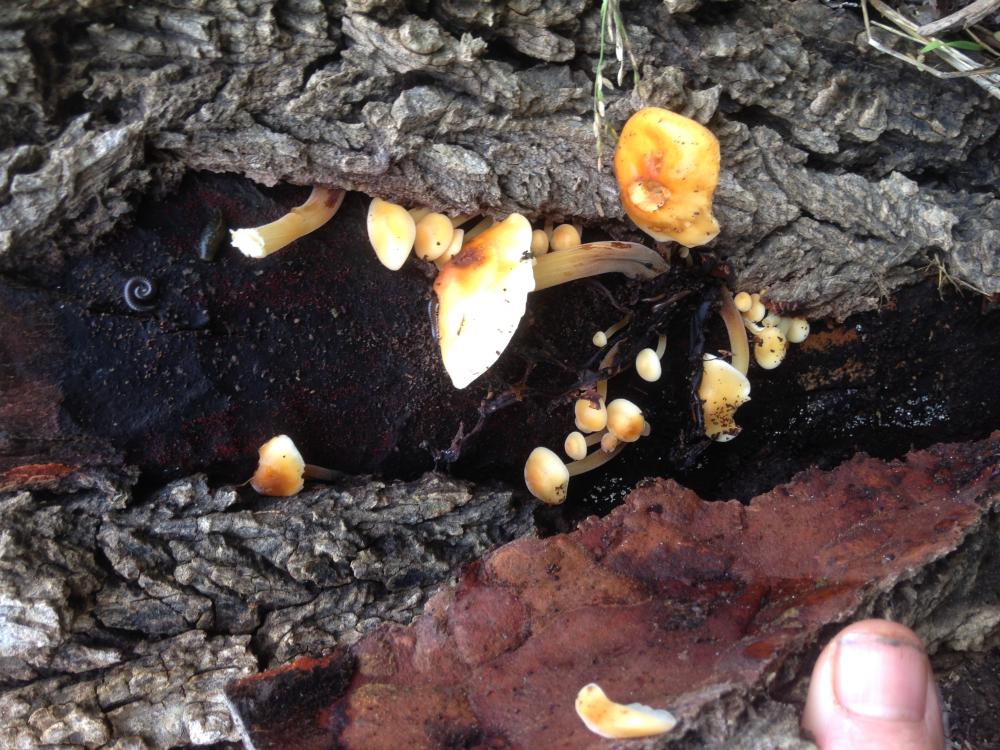
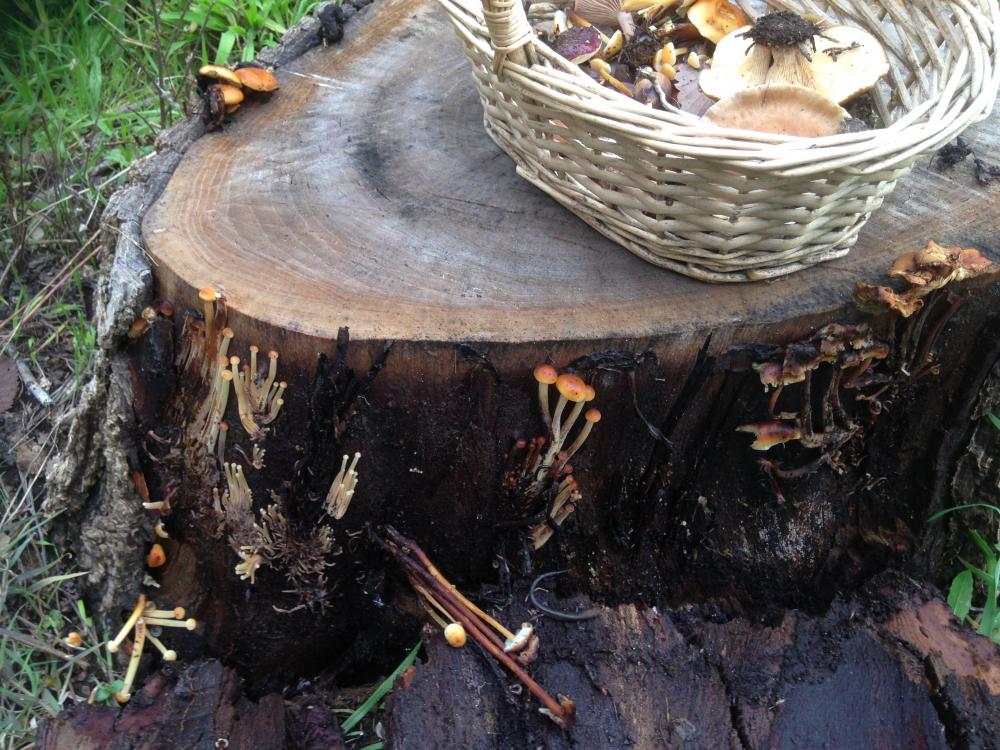
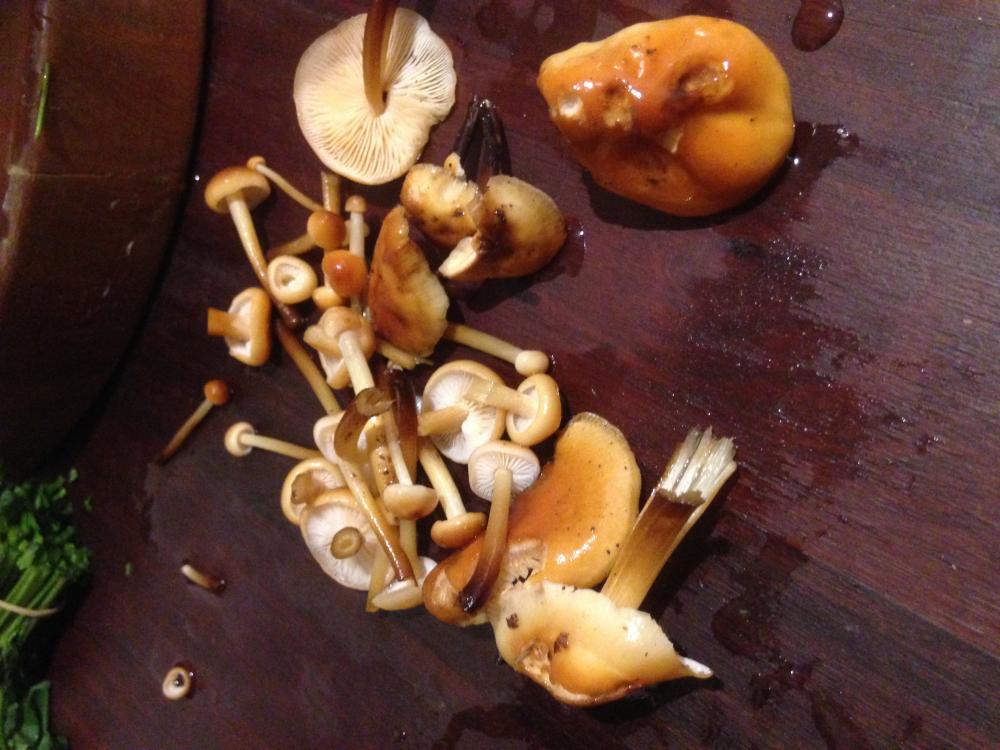
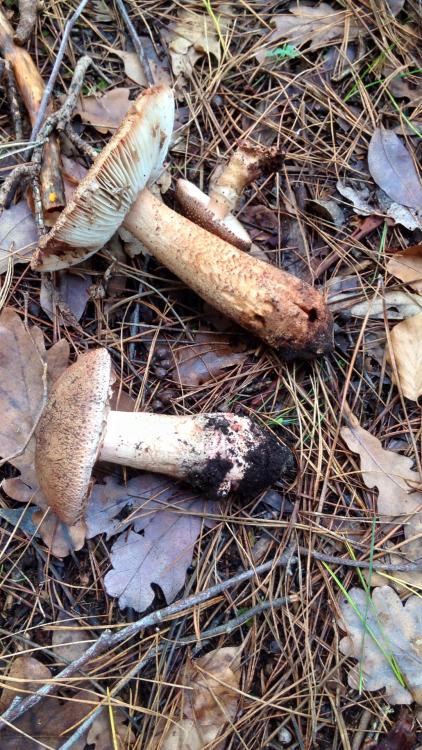
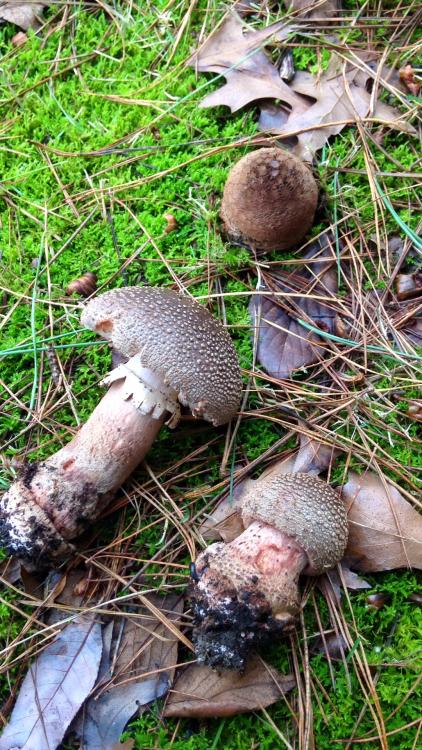
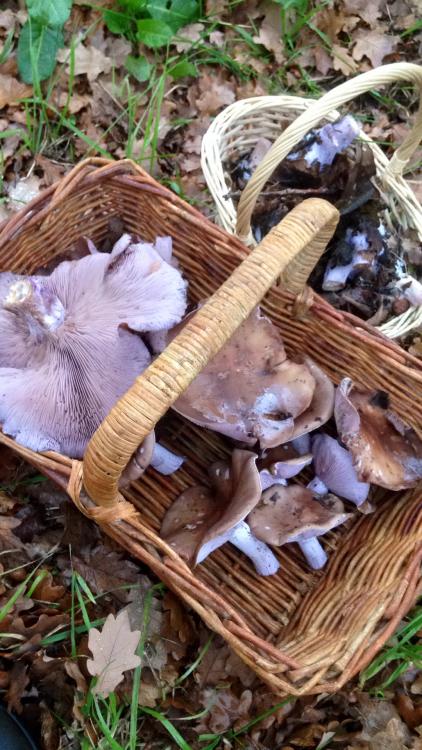
Pleurotus nebrodensis
in Mycology
Posted · Edited by gecko
The culture that I had was originally from a mushroom that I bought from
Damian Pike ( mushroom seller at Prahran Market, Vic.).
When I asked Damian what type of mushroom it was and where he got it from ,
He told me that it was called 'snow mushroom' and that it was imported from Japan
I excised some tissue, put it onto several plates
and made some sterile cultures from that mushroom.
.... then cooked and ate what remained.
exactly how you described it Worowa.....
meaty and delicious, abalone like.
The identity was really a guess on my part with
the limited information that I had at the time.
It seemed clear to me though, that it belonged in the P.eryngii complex of species. The only other species that I'd heard of were
P. ferulae (P.eryngii var. ferulae)
P. elaeoselini
P. nebrodensis
P. thapsiae
The Unicorn Bags website had a bit of info on the culture of 'Bailinggu' mushroom
where they referred to it as P.nebrodensis.
It may well be that it is in fact something else within the P.eryngii species complex.
a DNA sample may help shed some light on it she true identity.
it would be interesting to find out for sure.